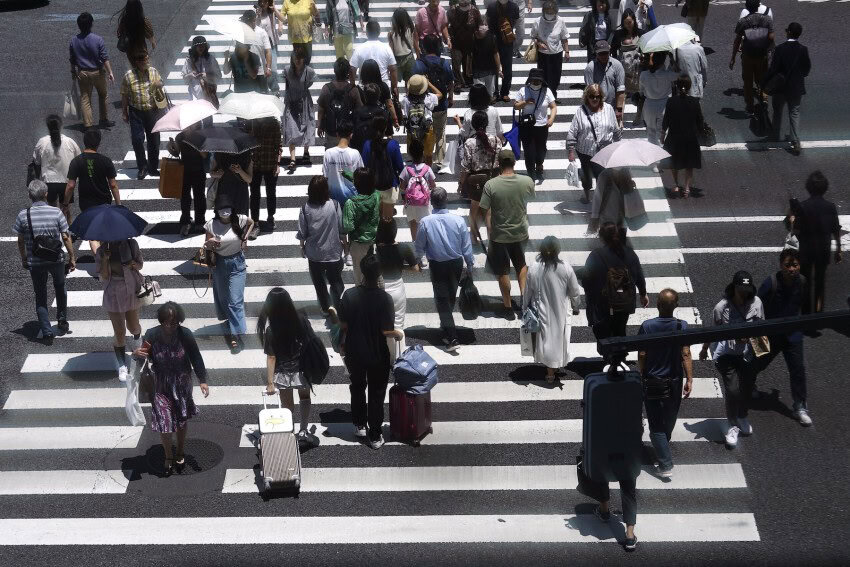From April to June, Japan’s GDP grew at an annual pace of 3.1%.
According to official figures released on Thursday, Japan’s economy expanded at an annual pace of 3.1% in the April–June quarter, recovering from the previous quarter’s decline.
The Cabinet Office reports that the fourth-largest economy in the world expanded by 0.8% during the first quarter of fiscal year.
The worth of a country’s goods and services is gauged by its seasonally adjusted gross domestic product, or GDP. If the quarterly rate had persisted for a full year, the annual rate illustrates how much the economy would have expanded or shrunk.
Due to both government and private sector investments, as well as strong household spending, domestic demand increased by 3.5% over the previous quarter. Export growth accelerated to 5.9%.
Japan’s GDP shrank 0.6% in January-March on quarter, after eking out 0.1% growth in October-December last year. Economic growth went back and forth between such periods of contraction and weak expansion for the past year.
“Today’s GDP data signal that the virtuous cycle between income and spending has become more pronounced but uncertainty surrounding macro policies has heightened,” said Robert Carnell, regional head of research Asia-Pacific at ING Economics.
Carnell was pointing to the announcement Wednesday by Prime Minister Fumio Kishida that he won’t seek reelection as head of the ruling Liberal Democratic Party. Whoever replaces him as the party leader in the September vote will become prime minister since the party controls parliament.
“There is no strong contender to take over Kishida’s role, making it difficult to estimate the policy direction of the next government,” Carnell said.
The Liberal Democrats have governed Japan almost the entire postwar period and are credited with guiding the nation’s rise as an economic power. But voters are increasingly worried about Japan’s declining clout.
Japan is not facing the inflationary pressures seen in parts of the U.S. and other developed nations. Price rises have stood lately at about 3% for Japan, which underwent years of deflation, or a continuous cascading down of prices that underlines a fragile economy.
After years of maintaining interest rates at zero or below zero, the Bank of Japan has finally started to hike rates. According to some observers, the move is one of the many causes of the recent irrational fluctuations in international financial markets. Recent sessions have seen a slight quietening of the volatility.
According to a research from BMI, a division of Fitch Solutions, “We now think the Bank of Japan will take a more cautious approach to interest rate hikes due to the recent market turbulence following the last meeting, which saw a sharp unwinding of the carry trade.”

